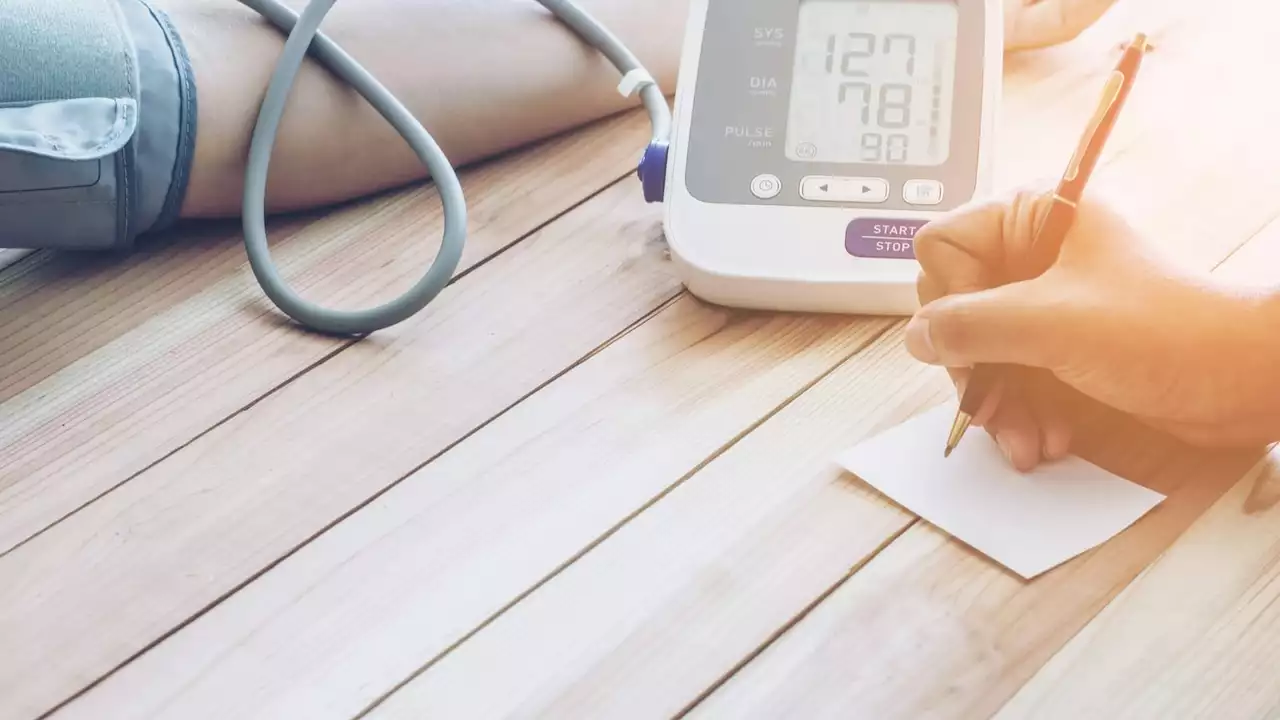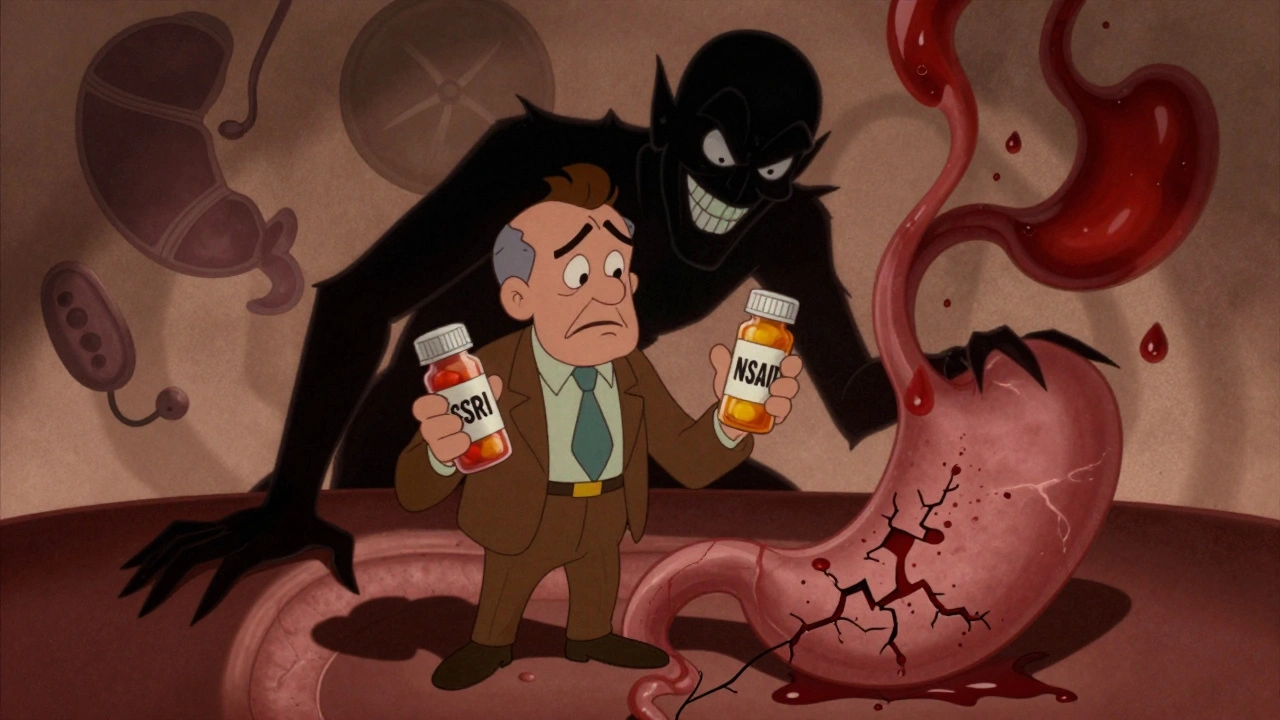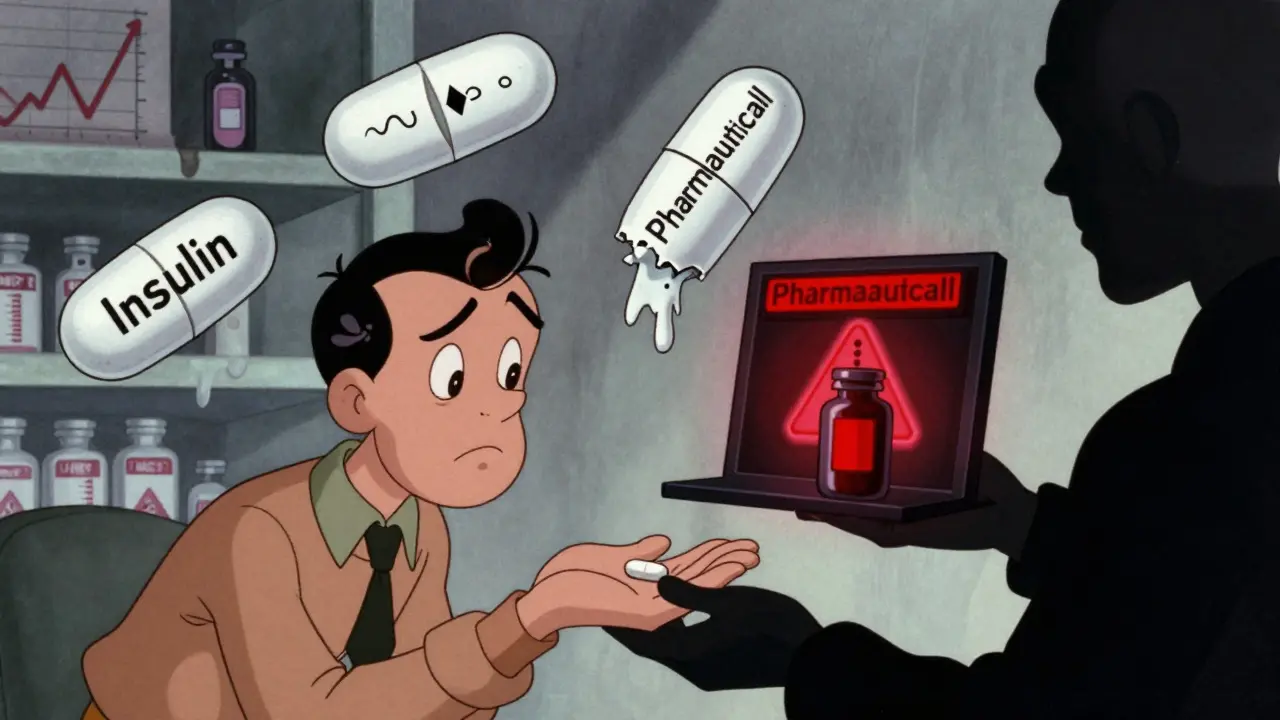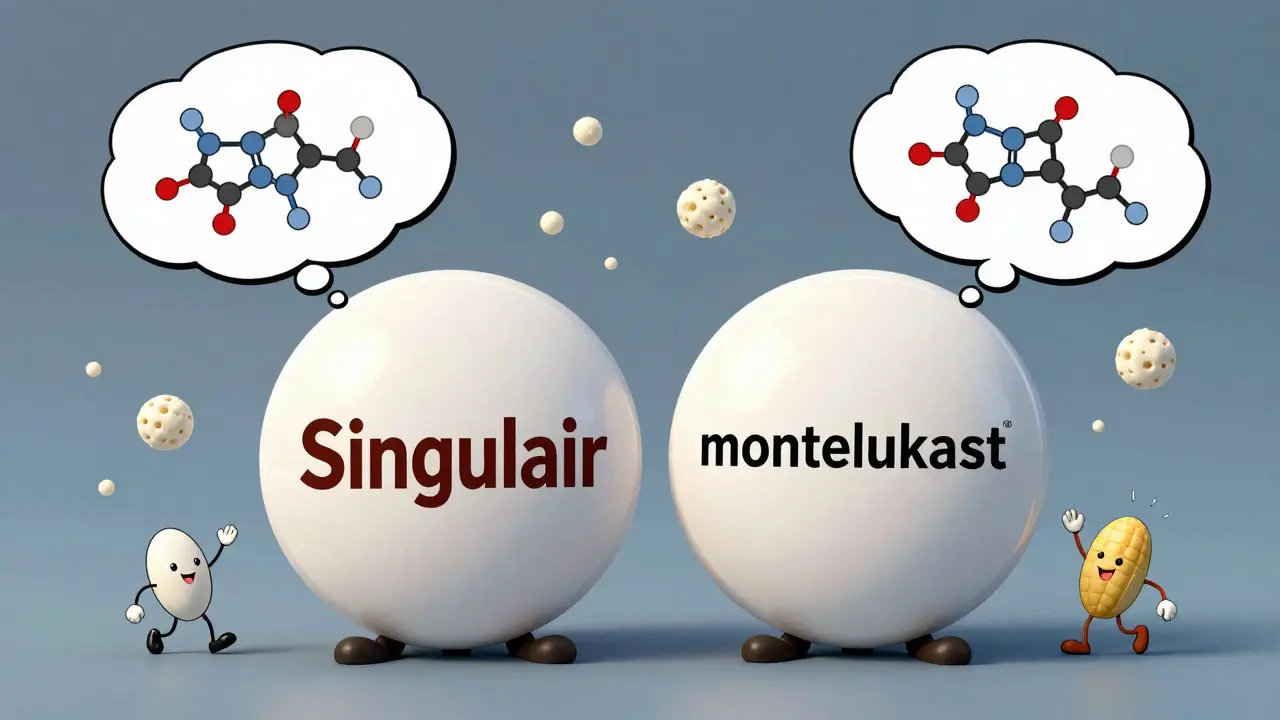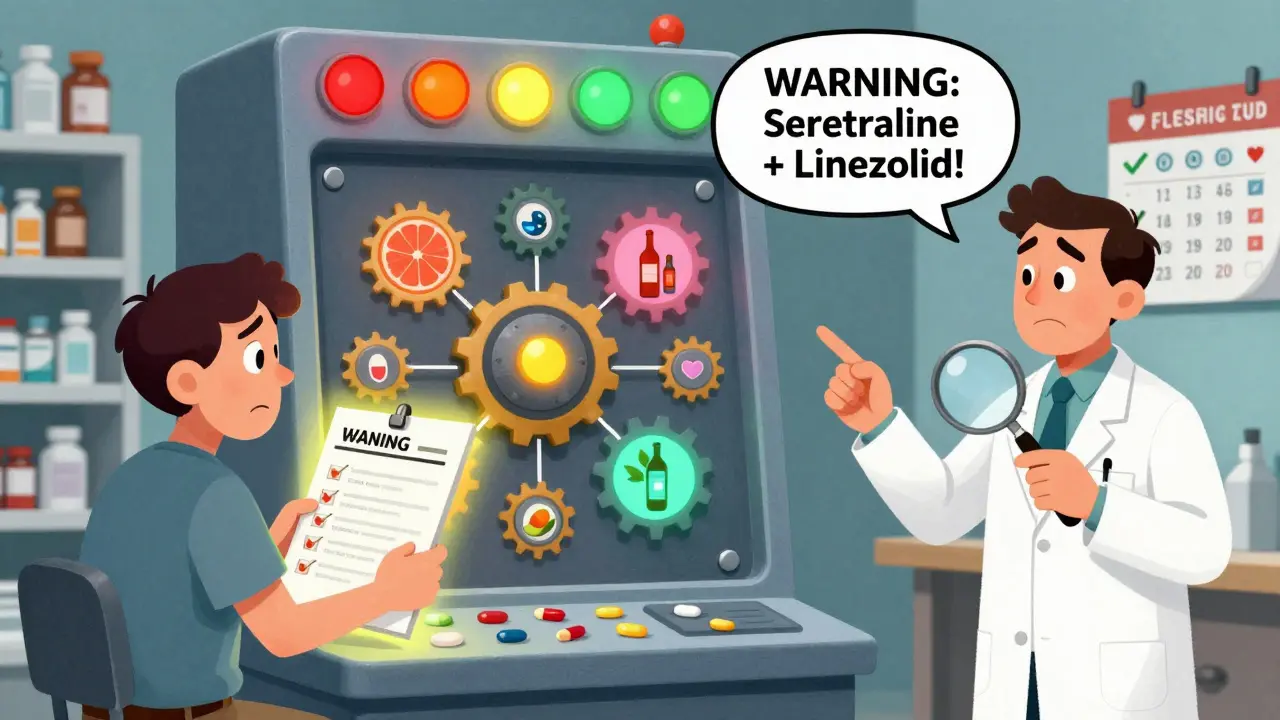Blood Pressure Basics & Easy Tips
If you’ve ever heard the numbers 120/80 and wondered what they really mean, you’re not alone. Blood pressure is simply the force your heart uses to push blood through your vessels. When that force stays in a healthy range, your organs get the oxygen they need without extra strain.
What Blood Pressure Means
Systolic pressure (the top number) shows the force when your heart beats. Diastolic pressure (the bottom number) measures the force when your heart rests between beats. Doctors call a reading under 120/80 mmHg “normal.” Anything consistently above that could signal hypertension, which raises the risk of heart attacks, strokes, and kidney problems.
It’s easy to forget that blood pressure can swing up or down depending on stress, caffeine, exercise, or even the time of day. That’s why checking it regularly gives you a clearer picture than a single reading ever could.
Everyday Ways to Keep BP in Check
Here are simple habits that fit into most daily routines:
- Move a little each day. Even a 15‑minute walk can lower your numbers. It doesn’t have to be intense—just keep the blood flowing.
- Watch salt intake. Processed foods often hide a lot of sodium. Try swapping salty snacks for fresh fruit or unsalted nuts.
- Stay hydrated. Dehydration can make your heart work harder, pushing pressure up. Aim for 8 glasses of water daily.
- Limit alcohol and caffeine. Both can cause short‑term spikes. Moderation is key – a cup of coffee in the morning is fine, but avoid multiple energy drinks.
- Manage stress. Deep breathing, meditation, or even a quick stretch break can calm your nervous system and lower pressure.
If you already take medication for hypertension, keep a log of when you take it and how you feel. Talk to your doctor if you notice consistent highs or lows – sometimes dosages need tweaking.
Monitoring at home is cheap and straightforward. A digital cuff costs less than $50 and gives instant readings. Write down each result with the time of day, what you ate, and any stressors. Over weeks, patterns emerge that help you and your doctor make better decisions.
Remember, blood pressure isn’t a static number – it reacts to lifestyle, diet, and emotions. Small changes add up fast, so start with one habit today. Maybe swap that salty snack for an apple, or take a short walk after lunch. You’ll likely feel better, and your BP will thank you.
Need more detail on specific medicines, how they work, or alternative treatments? Check out our articles on hypertension drugs, natural supplements, and the latest research right here on PrescriptionHope.com. We keep it plain, practical, and up‑to‑date so you can stay in control of your health.
Cozaar Uses, Dosage, Side Effects & Key Info for Hypertension
Thinking about Cozaar for blood pressure? This full guide covers how Cozaar (losartan) works, who should use it, side effects to watch out for, and practical daily tips. Australian healthcare insights, updated details for 2025, and useful stats make it easier to understand its place in modern treatment.
The Benefits of Pet Ownership for People with Hypertension
As a blogger who has been blessed with the gift of gab and a rambunctious feline sidekick, I've discovered something amazing: pets can be lifesavers, especially for those of us juggling with hypertension! Yep, you heard it right! These fur balls are not just good for fetching balls and purring on our laps, they can actually help lower our blood pressure! Isn't that just the cat's meow? It's like having a cuddly, playful, and heart-friendly live-in physician. So folks, if you're battling hypertension, maybe it's time to adopt a pet. They're not only cute and lovable, they're great for your health too!
The Connection Between Secondary Hyperparathyroidism and Hypertension
As a blogger, I recently delved into the connection between secondary hyperparathyroidism and hypertension. It turns out that secondary hyperparathyroidism, a condition where the parathyroid glands produce excess hormone, can lead to elevated blood pressure. This occurs due to an increase in calcium levels in the blood, which in turn causes blood vessels to constrict and blood pressure to rise. It's important to understand this connection, as managing secondary hyperparathyroidism can help in controlling hypertension. Overall, raising awareness about this link can contribute to improved health outcomes for those affected by these conditions.


